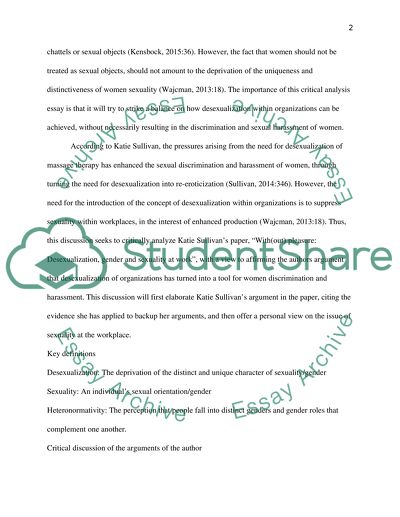Cite this document
(“Subject: Critical Perspectives on Management and Organisation Essay”, n.d.)
Subject: Critical Perspectives on Management and Organisation Essay. Retrieved from https://studentshare.org/miscellaneous/1682442-subject-critical-perspectives-on-management-and-organisation-critical-writing-1
Subject: Critical Perspectives on Management and Organisation Essay. Retrieved from https://studentshare.org/miscellaneous/1682442-subject-critical-perspectives-on-management-and-organisation-critical-writing-1
(Subject: Critical Perspectives on Management and Organisation Essay)
Subject: Critical Perspectives on Management and Organisation Essay. https://studentshare.org/miscellaneous/1682442-subject-critical-perspectives-on-management-and-organisation-critical-writing-1.
Subject: Critical Perspectives on Management and Organisation Essay. https://studentshare.org/miscellaneous/1682442-subject-critical-perspectives-on-management-and-organisation-critical-writing-1.
“Subject: Critical Perspectives on Management and Organisation Essay”, n.d. https://studentshare.org/miscellaneous/1682442-subject-critical-perspectives-on-management-and-organisation-critical-writing-1.


